It really is the other side of love. B-sides have been a wondrous platform of adventure for the music fan, a hidden treasure trove of experimentation that was often a secret society that positioned the listener into being part of a mysterious taste elite.
So here are ELECTRICITYCLUB.CO.UK’s favourite 25 Classic Synth B-sides… but how was this list defined? These artefacts are flipsides of vinyl or bonus tracks on CD singles; basically songs that were not featured on the original issue of a full length album, or subsequently included on a new one. However, bonus tracks on later reissues are permitted. With 25 Synth Instrumentals Of The Classic Era being covered in a separate listing, wordless wonders are also omitted. The listing runs up until the start of the 21st Century.
However, there is a limitation of one song per artist moniker in this chronological retrospective, so rare indulgers of the B-side such as HEAVEN 17, JAPAN and SIMPLE MINDS get equal billing with prolific exponents like PET SHOP BOYS, DEPECHE MODE, OMD and ULTRAVOX. That may seem unfair but then life can be unfair…
THE NORMAL TVOD (1978)
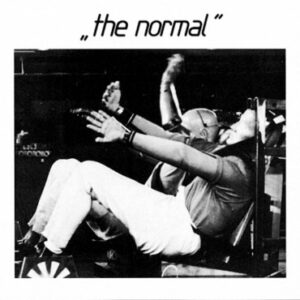 Was ‘TVOD’ actually the A-side of this seminal and only release by THE NORMAL which launched Mute Records? But as ‘Warm Leatherette’ is listed at the top of the back sleeve and has moved into legend having been covered by Grace Jones, LAIBACH and CHICKS ON SPEED, ‘TVOD’ qualifies for this list. With its hypnotic bassline and warbling synth hook, JG Ballard makes his influence heard as Daniel Miller monotones about a dystopian future where television is the new narcotic…
Was ‘TVOD’ actually the A-side of this seminal and only release by THE NORMAL which launched Mute Records? But as ‘Warm Leatherette’ is listed at the top of the back sleeve and has moved into legend having been covered by Grace Jones, LAIBACH and CHICKS ON SPEED, ‘TVOD’ qualifies for this list. With its hypnotic bassline and warbling synth hook, JG Ballard makes his influence heard as Daniel Miller monotones about a dystopian future where television is the new narcotic…
Available on the single ‘Warm Leatherette’ via Mute Records
TUBEWAY ARMY We Are So Fragile (1979)
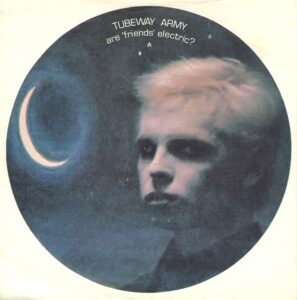 In the days when the B-side mattered as much as the A-side, more intuitive purchasers found another gem on the flip of ‘Are Friends Electric?’ with this pounding system of romance. Being the antithesis of the discordant diabolis in musica of the main act, ‘We Are So Fragile’ fused Minimoogs with guitars and a four-to-the-floor beat as the vulnerability of Gary Numan connected with the chilling Cold War dystopia of the times in a musical winter of discontent.
In the days when the B-side mattered as much as the A-side, more intuitive purchasers found another gem on the flip of ‘Are Friends Electric?’ with this pounding system of romance. Being the antithesis of the discordant diabolis in musica of the main act, ‘We Are So Fragile’ fused Minimoogs with guitars and a four-to-the-floor beat as the vulnerability of Gary Numan connected with the chilling Cold War dystopia of the times in a musical winter of discontent.
Originally the B-side of ‘Are Friends Electric?’; now available on the album ‘Replicas’ via Beggars Banquet Records
JOHN FOXX 20th Century (1980)
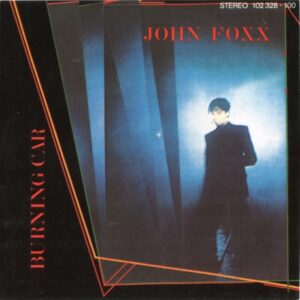 Commissioned as the theme to Janet Street-Porter’s early youth vehicle ‘20th Century Box’ which gave platforms to two then unknown bands SPANDAU BALLET and DEPECHE MODE, the combination of Foxx’s starkly dominant Compurhythm and ARP Odyssey dystopia were harsh but strangely danceable. However, ’20th Century’ signalled the wind down of the mechanical phase of John Foxx before thawing out and turning more conventional to less distinctive effect on ‘The Garden’.
Commissioned as the theme to Janet Street-Porter’s early youth vehicle ‘20th Century Box’ which gave platforms to two then unknown bands SPANDAU BALLET and DEPECHE MODE, the combination of Foxx’s starkly dominant Compurhythm and ARP Odyssey dystopia were harsh but strangely danceable. However, ’20th Century’ signalled the wind down of the mechanical phase of John Foxx before thawing out and turning more conventional to less distinctive effect on ‘The Garden’.
Originally the B-side of ‘Burning Car’; now available on the deluxe album ‘Metamatic’ via Esdel Records
SIMPLE MINDS New Warm Skin (1980)
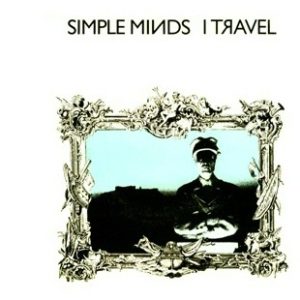 Like a number of bands of the period, SIMPLE MINDS went off doing B-sides as they progressed, often lazily filling the flips with live tracks or instrumental versions of existing tracks. ‘New Warm Skin’ was the original B-side of ‘I Travel’ and saw the Glaswegians ape SPARKS for this claptrap filled electronic cacophony of sound. Not claustrophobic enough for ‘Empires & Dance’, this is a delightfully creepy synth laden rarity in the SIMPLE MIDS back catalogue.
Like a number of bands of the period, SIMPLE MINDS went off doing B-sides as they progressed, often lazily filling the flips with live tracks or instrumental versions of existing tracks. ‘New Warm Skin’ was the original B-side of ‘I Travel’ and saw the Glaswegians ape SPARKS for this claptrap filled electronic cacophony of sound. Not claustrophobic enough for ‘Empires & Dance’, this is a delightfully creepy synth laden rarity in the SIMPLE MIDS back catalogue.
Originally the B-side of ‘I Travel’; now available as a bonus track on the boxed set ‘X5’ via Virgin Records
DEPECHE MODE Ice Machine (1981)
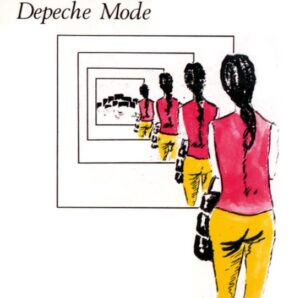 With so many great B-sides in the long career of DEPECHE MODE, it might seem strange that their best B-side was actually their first. ‘Ice Machine’ is possibly Vince Clarke’s darkest five minutes, but it has also proved to be highly influential. ROYKSOPP and S.P.O.C.K have covered it while the song’s core arpeggio has been borrowed by LADYTRON and FEATHERS. It is not only one of DM’s best B-sides, it is among one of the best songs of the Synth Britannia era.
With so many great B-sides in the long career of DEPECHE MODE, it might seem strange that their best B-side was actually their first. ‘Ice Machine’ is possibly Vince Clarke’s darkest five minutes, but it has also proved to be highly influential. ROYKSOPP and S.P.O.C.K have covered it while the song’s core arpeggio has been borrowed by LADYTRON and FEATHERS. It is not only one of DM’s best B-sides, it is among one of the best songs of the Synth Britannia era.
Available on the DEPECHE MODE boxed set ‘DMBX1’ via Mute Records
HEAVEN 17 Are Everything (1981)
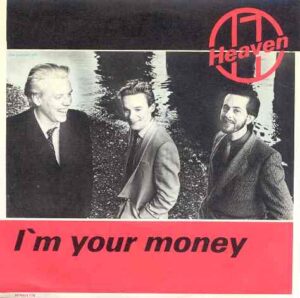 HEAVEN 17 were an act who rarely did B-sides and even this cover of a lesser known BUZZCOCKS single started life as a track for the BEF ‘Music Of Quality & Distinct Volume 1’ opus but was quickly shelved. Unusual in many respects as ‘Are Everything’ features the early HUMAN LEAGUE synth sound emblazoned with acoustic guitar from Dave Lockwood, Glenn Gregory snarls in post-punk fashion away from the new funk hybrid which was later appear on ‘Penthouse & Pavement’.
HEAVEN 17 were an act who rarely did B-sides and even this cover of a lesser known BUZZCOCKS single started life as a track for the BEF ‘Music Of Quality & Distinct Volume 1’ opus but was quickly shelved. Unusual in many respects as ‘Are Everything’ features the early HUMAN LEAGUE synth sound emblazoned with acoustic guitar from Dave Lockwood, Glenn Gregory snarls in post-punk fashion away from the new funk hybrid which was later appear on ‘Penthouse & Pavement’.
Originally the B-side of ‘I’m Your Money’; 12 inch version now available on the HEAVEN 17 album ‘Penthouse & Pavement’ via Virgin Records
JAPAN European Son (1981)
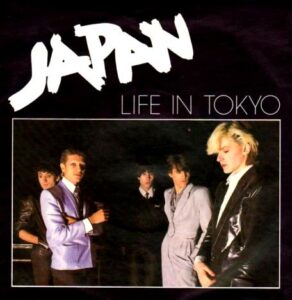 Originally recorded as a demo for the 1979 Giorgio Moroder sessions that produced ‘Life In Tokyo’, this sequencer heavy number was rejected by the Italian disco maestro. Left dormant in the vaults of Ariola Hansa, after JAPAN left the label, ‘European Son’ was subsequently finished off by John Punter and tagged onto a 1981 reissue of ‘Life In Tokyo’. Retrospectively, it shows David Sylvian’s vocals in transition from the catty aggression of earlier albums. In 1982, it became an A-side remixed by Steve Nye.
Originally recorded as a demo for the 1979 Giorgio Moroder sessions that produced ‘Life In Tokyo’, this sequencer heavy number was rejected by the Italian disco maestro. Left dormant in the vaults of Ariola Hansa, after JAPAN left the label, ‘European Son’ was subsequently finished off by John Punter and tagged onto a 1981 reissue of ‘Life In Tokyo’. Retrospectively, it shows David Sylvian’s vocals in transition from the catty aggression of earlier albums. In 1982, it became an A-side remixed by Steve Nye.
Originally the B-side of 1981 reissue of ‘Life In Tokyo’; now available on the JAPAN album ‘The Very Best Of’ via Virgin Records
ULTRAVOX Paths & Angles (1981)
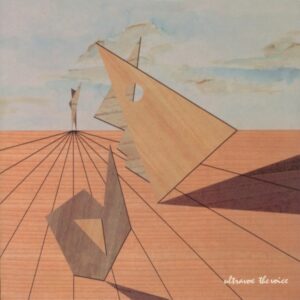 A unique curio in the classic ULTRAVOX cannon as it does not feature Midge Ure. Chris Cross handled guitar duties and backing vocals while Warren Cann took the spoken lead. The powerful Linn driven track was provided the punch with the Minimoog bass while Billy Currie tastefully layered with his piano and violin interplay. ‘Paths & Angles’
A unique curio in the classic ULTRAVOX cannon as it does not feature Midge Ure. Chris Cross handled guitar duties and backing vocals while Warren Cann took the spoken lead. The powerful Linn driven track was provided the punch with the Minimoog bass while Billy Currie tastefully layered with his piano and violin interplay. ‘Paths & Angles’ was undoubtedly strong enough to have been an album track, but highly unlikely to have remained in this form if Ure had been involved.
Originally the B-side of ‘The Voice’; now available on the ULTRAVOX album ‘Rage In Eden’ via EMI Records
BLANCMANGE Running Thin (1982)
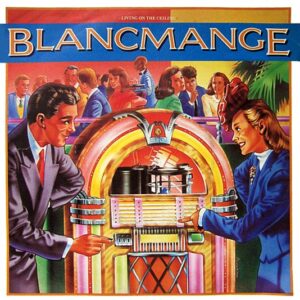 Originally recorded for a John Peel session but rescued for the B-side of ‘Living On The Ceiling’, ‘Running Thin’ featured a much starker, claustrophobic template than the subsequent ‘Happy Families’ album. Driven by a Roland drum machine, haunting blips and “elastic stretched too far” guitar, Neil Arthur’s resigned baritone matched the music backdrop. The track has since been revisited by BLANCMANGE for the upcoming 2CD ‘Happy Families Too’ 2CD set.
Originally recorded for a John Peel session but rescued for the B-side of ‘Living On The Ceiling’, ‘Running Thin’ featured a much starker, claustrophobic template than the subsequent ‘Happy Families’ album. Driven by a Roland drum machine, haunting blips and “elastic stretched too far” guitar, Neil Arthur’s resigned baritone matched the music backdrop. The track has since been revisited by BLANCMANGE for the upcoming 2CD ‘Happy Families Too’ 2CD set.
Originally the B-side of ‘Living On The Ceiling’; now available on the BLANCMANGE album ‘The Very Best Of’ via Music Club
THOMAS DOLBY One Of Our Submarines (1982)
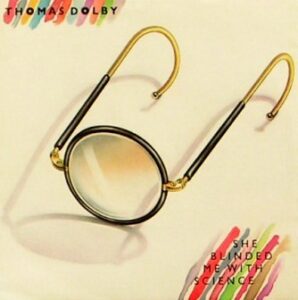 Borrowing the main melody of ‘The Six Million Dollar Man’ theme and coupled with a sharp Tim Friese-Greene production, ‘One Of Our Submarines’ was actually based on the poignant story of TMDR’s uncle Stephen. He served in a submarine during World War Two but died while on manoeuvres as opposed to battle. His death became Dolby’s metaphor for the fall of the British Empire and his rebellion against the post-war Boys Own adventure illusion that his generation grew up in.
Borrowing the main melody of ‘The Six Million Dollar Man’ theme and coupled with a sharp Tim Friese-Greene production, ‘One Of Our Submarines’ was actually based on the poignant story of TMDR’s uncle Stephen. He served in a submarine during World War Two but died while on manoeuvres as opposed to battle. His death became Dolby’s metaphor for the fall of the British Empire and his rebellion against the post-war Boys Own adventure illusion that his generation grew up in.
Originally the B-side of ‘She Blinded Me with Science’; now available on the THOMAS DOLBY album ‘The Golden Age Of Wireless’ via EMI Records
THE HUMAN LEAGUE You Remind Me Of Gold (1982)
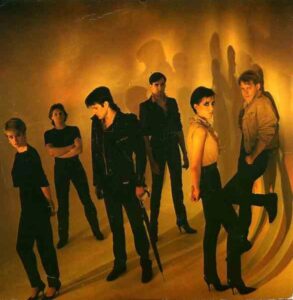 Outstripping the electro Tamla of the A-side, ‘You Remind Me Of Gold’ had the balance of weirdness, accessibility and the spectre of Jo Callis’ guitar synthesizer. Coupled with the precise but edgy production of Martin Rushent, this gave high hopes that the follow-up to the million selling ‘Dare’ would be a goody. Unfortunately, the band fell out with Rushent and the lukewarm ‘Hysteria’ was the result and it would take years for THE HUMAN LEAGUE to recover.
Outstripping the electro Tamla of the A-side, ‘You Remind Me Of Gold’ had the balance of weirdness, accessibility and the spectre of Jo Callis’ guitar synthesizer. Coupled with the precise but edgy production of Martin Rushent, this gave high hopes that the follow-up to the million selling ‘Dare’ would be a goody. Unfortunately, the band fell out with Rushent and the lukewarm ‘Hysteria’ was the result and it would take years for THE HUMAN LEAGUE to recover.
Originally the B-side of ‘Mirror Man’; now available on the HUMAN LEAGUE deluxe album ‘Dare / Fascination!’ via Virgin Records
OMD Navigation (1982)
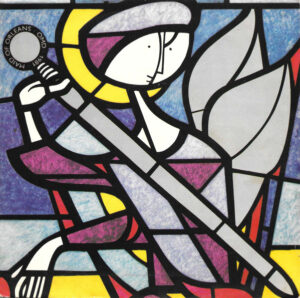 OMD often were at their best when indulging in their vertical take-off experiments. Covered in hiss and layered with a shrilling, almost out-of-tune Mellotron, ‘Navigation’ was an abstract collage with the punching snare drum crescendo leading to a weird droning beacon of strange noises taken from their pre-OMD tapes that conjured the image of foggy uncharted oceans. It is without doubt, one of Paul Humphreys and Andy McCluskey’s stand-out recordings.
OMD often were at their best when indulging in their vertical take-off experiments. Covered in hiss and layered with a shrilling, almost out-of-tune Mellotron, ‘Navigation’ was an abstract collage with the punching snare drum crescendo leading to a weird droning beacon of strange noises taken from their pre-OMD tapes that conjured the image of foggy uncharted oceans. It is without doubt, one of Paul Humphreys and Andy McCluskey’s stand-out recordings.
Originally the B-side of ‘Maid Of Orleans’; now available on the OMD album ‘Navigation’ via Virgin Records
SOFT CELL It’s A Mug’s Game (1982)
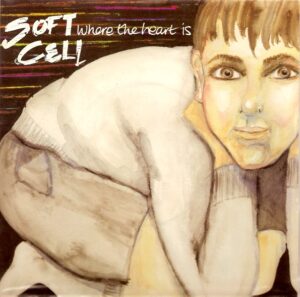 Boy George once described SOFT CELL as music for teenagers who hate their parents. With ‘It’s A Mugs Game’, that ethos came to its head with this comical tirade of angry, adolescent angst! Marc Almond goes from crisis to crisis as he tries to annoy his dad by playing loud, all the records “he especially hates… ’Deep Purple In Rock, ‘Led Zeppelin II’”. But as Almond retorts: “even you hate those”! The closing rant of “I can’t wait until I’m twenty one and I can tell them all to sod off!” is classic!
Boy George once described SOFT CELL as music for teenagers who hate their parents. With ‘It’s A Mugs Game’, that ethos came to its head with this comical tirade of angry, adolescent angst! Marc Almond goes from crisis to crisis as he tries to annoy his dad by playing loud, all the records “he especially hates… ’Deep Purple In Rock, ‘Led Zeppelin II’”. But as Almond retorts: “even you hate those”! The closing rant of “I can’t wait until I’m twenty one and I can tell them all to sod off!” is classic!
Originally the B-side of ‘Where The Heart Is’; now available on the SOFT CELL album ‘The Very Best Of’ via Phonogram Records
TALK TALK ? (1982)
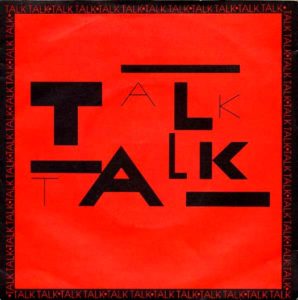 Perhaps unsurprisingly with Colin Thurston at the production helm, the cryptically titled ‘?’ did sound like a DURAN DURAN flipside with thundering Simmons drums, disco bass and a fabulous synth solo from original keyboardist Simon Brenner. Utilising a weird chorus effect which sounded like the song was recorded on using dirty tape heads, while not a particularly prolific B-side band, TALK TALK certainly delivered more extras than perhaps JAPAN ever did.
Perhaps unsurprisingly with Colin Thurston at the production helm, the cryptically titled ‘?’ did sound like a DURAN DURAN flipside with thundering Simmons drums, disco bass and a fabulous synth solo from original keyboardist Simon Brenner. Utilising a weird chorus effect which sounded like the song was recorded on using dirty tape heads, while not a particularly prolific B-side band, TALK TALK certainly delivered more extras than perhaps JAPAN ever did.
Originally the B-side of ‘Talk Talk’. Available on the TALK TALK album ‘Asides Besides’ via EMI Music
VISAGE I’m Still Searching (1982)
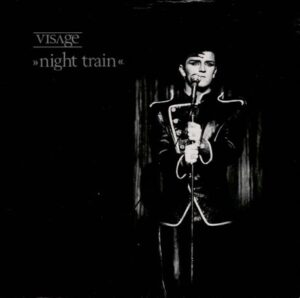 One of the few vocal tracks to be a VISAGE B-side, ‘I’m Still Searching’ in hindsight sounds ahead of its time with its proto-PET SHOP BOYS vibe. Featuring just Steve Strange and Rusty Egan as the ULTRAVOX and MAGAZINE boys were all back in their day jobs, it hinted at a New York electronic disco direction which was expanded on with ‘Pleasure Boys’. But by the time of the third VISAGE album ‘Beat Boy’, rock was the name of the game with Strange’s voice left exposed and totally unsuited to its histrionics.
One of the few vocal tracks to be a VISAGE B-side, ‘I’m Still Searching’ in hindsight sounds ahead of its time with its proto-PET SHOP BOYS vibe. Featuring just Steve Strange and Rusty Egan as the ULTRAVOX and MAGAZINE boys were all back in their day jobs, it hinted at a New York electronic disco direction which was expanded on with ‘Pleasure Boys’. But by the time of the third VISAGE album ‘Beat Boy’, rock was the name of the game with Strange’s voice left exposed and totally unsuited to its histrionics.
Originally the B-side of ‘Night Train’; now available on the VISAGE album ‘The Anvil’ via Rubellan Remasters
YAZOO Situation (1982)
 A B-side that was later issued as an A-side in various markets, ‘Situation’
A B-side that was later issued as an A-side in various markets, ‘Situation’ was one of only three writing collaborations between Alison Moyet and Vince Clarke. At barely 2 minutes in its original form, it made its point with its rousing blues based sequenced dance pop; it became a US club favourite remixed by Francois Kevorkian who was later to work with KRAFTWERK and DEPECHE MODE. Another version mixed by ERASURE producer Mark Saunders took the song into the UK Top20 in 1990.
Originally the B-side of ‘Only You’; now available on the album ‘The Collection’ via Music Club
CARE Sad Day For England (1983)
 When Liverpool band THE WILD SWANS split, two thirds formed the basis of THE LOTUS EATERS while their singer Paul Simpson teamed up with ECHO & THE BUNNYMEN producer Kingbird aka Ian Broudie. Combining acoustic guitars and stark drum machine with strong synthesizer melodies and melancholic vocals, ‘Sad Day for England’ was a mournful recollection of young manhood. The duo split before their debut album was completed. Broudie eventually formed THE LIGHTNING SEEDS.
When Liverpool band THE WILD SWANS split, two thirds formed the basis of THE LOTUS EATERS while their singer Paul Simpson teamed up with ECHO & THE BUNNYMEN producer Kingbird aka Ian Broudie. Combining acoustic guitars and stark drum machine with strong synthesizer melodies and melancholic vocals, ‘Sad Day for England’ was a mournful recollection of young manhood. The duo split before their debut album was completed. Broudie eventually formed THE LIGHTNING SEEDS.
Originally the 12 inch B-side of ‘My Boyish Days’; now available on the CARE album ‘Diamonds & Emeralds’ via Camden Records/BMG Records
http://music-isms.blogspot.com/2007/12/care-singles-1983-1984.html
DURAN DURAN Secret Oktober (1983)
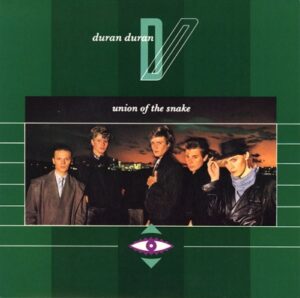 This atmospheric ballad from the ‘Seven & The Ragged Tiger’ sessions turned out to be one of the the most synth led recordings under the DURAN DURAN name. Featuring just Nick Rhodes and Simon Le Bon, it showcased the more esoteric influences of JAPAN who the pair were particularly fond of. A precursor to their painfully pretentious ARCADIA project, none of those songs ever reached the heights of ‘Secret Oktober’. It was dusted off for the 1998 Greatest Hits tour.
This atmospheric ballad from the ‘Seven & The Ragged Tiger’ sessions turned out to be one of the the most synth led recordings under the DURAN DURAN name. Featuring just Nick Rhodes and Simon Le Bon, it showcased the more esoteric influences of JAPAN who the pair were particularly fond of. A precursor to their painfully pretentious ARCADIA project, none of those songs ever reached the heights of ‘Secret Oktober’. It was dusted off for the 1998 Greatest Hits tour.
Originally the B-side of ‘Union Of the Snake’; now available on the DURAN DURAN boxed set ‘The Singles 81-85’ via EMI Records
HOWARD JONES It Just Doesn’t Matter (1983)
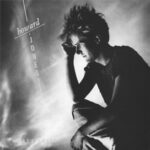 B-sides are for quirky experimentation and Howard Jones certainly veered from the norm with this oddball slice of electro-ska. With the declaration that “If I haven’t got any friends, it just doesn’t matter” and “If I’ve been misunderstood, it just doesn’t matter”, the song was possibly written as a positive motivator to face the music whatever following the success of his debut single ‘New Song’. The critics may not have loved him but his fans did, with the ‘Human’s Lib’ album entering the UK chats at No1.
B-sides are for quirky experimentation and Howard Jones certainly veered from the norm with this oddball slice of electro-ska. With the declaration that “If I haven’t got any friends, it just doesn’t matter” and “If I’ve been misunderstood, it just doesn’t matter”, the song was possibly written as a positive motivator to face the music whatever following the success of his debut single ‘New Song’. The critics may not have loved him but his fans did, with the ‘Human’s Lib’ album entering the UK chats at No1.
Originally the B-side of ‘What is Love?’; now available on the HOWARD JONES album ‘The Very Best Of’ via WEA
ALPHAVILLE The Nelson Highrise (1984)
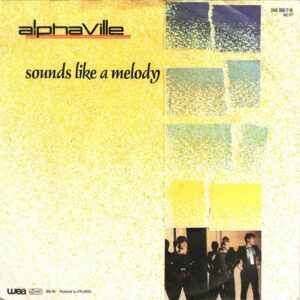 Subtitled ‘Sector One: The Elevator’, ‘The Nelson Highrise’ was the B-side to ‘Sounds Like A Melody’ which wasn’t released as a single in the UK. After a dynamic instrumental build of over a minute and a half, the opening line “Time is fleeting, you can’t stop time” was deeply ominous while the backing was almost industrial with very sharp edges. The dystopian air might have been a surprise to some, but then ‘Big In Japan’ was inspired by the plight of heroin addicts in Berlin…
Subtitled ‘Sector One: The Elevator’, ‘The Nelson Highrise’ was the B-side to ‘Sounds Like A Melody’ which wasn’t released as a single in the UK. After a dynamic instrumental build of over a minute and a half, the opening line “Time is fleeting, you can’t stop time” was deeply ominous while the backing was almost industrial with very sharp edges. The dystopian air might have been a surprise to some, but then ‘Big In Japan’ was inspired by the plight of heroin addicts in Berlin…
Originally the B-side of ‘Sounds Like A Melody’; now available on the ALPHAVILLE deluxe album ‘Forever Young’ via Warner Music
CHINA CRISIS It’s Never Too Late (1985)
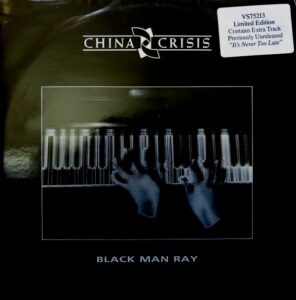 Recorded during the ‘Working With Fire & Steel’ sessions produced by Mike Howlett, ‘It’s Never Too Late’ was a lost gem probably droppedby CHINA CRISIS from the album on account of it sounding like a more steadfast ‘Wishful Thinking’, featuring its familiar Emulator strings sound in the melody. Unreleased until 1985, even then it was tucked away on the limited edition 12 inch of ‘Black Man Ray’, making it one of the rarest of high quality B-sides from the era.
Recorded during the ‘Working With Fire & Steel’ sessions produced by Mike Howlett, ‘It’s Never Too Late’ was a lost gem probably droppedby CHINA CRISIS from the album on account of it sounding like a more steadfast ‘Wishful Thinking’, featuring its familiar Emulator strings sound in the melody. Unreleased until 1985, even then it was tucked away on the limited edition 12 inch of ‘Black Man Ray’, making it one of the rarest of high quality B-sides from the era.
Originally the 12 inch limited edition B-side of ‘Black Man Ray’; now available on the CHINA CRISIS deluxe album ‘Flaunt The Imperfection’ via Caroline International
www.facebook.com/pages/China-Crisis/295592467251068
PET SHOP BOYS That’s My Impression (1986)
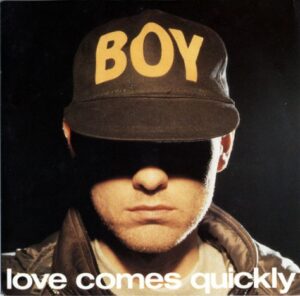 Possibly the song which indicated that PET SHOP BOYS were going to be around for a while and not just a flash in the pan, ‘That’s My Impression’ was menacing as opposed to melancholic, combining SOFT CELL with DIVINE. Neil Tennant’s final angry refrain of “I went looking for someone I couldn’t find – staring at faces by the Serpentine…” is pure Marc Almond, tense and embittered in a manner that turned out to be quite rare in PET SHOP BOYS later work.
Possibly the song which indicated that PET SHOP BOYS were going to be around for a while and not just a flash in the pan, ‘That’s My Impression’ was menacing as opposed to melancholic, combining SOFT CELL with DIVINE. Neil Tennant’s final angry refrain of “I went looking for someone I couldn’t find – staring at faces by the Serpentine…” is pure Marc Almond, tense and embittered in a manner that turned out to be quite rare in PET SHOP BOYS later work.
Originally the B-side of ‘Love Comes Quickly’; now available on the PET SHOP BOYS album ‘Alternative’ via EMI Records
NEW ORDER 1963 (1987)
 Is this song about JFK? Is it a homo-erotic love story that ends in murder? Who knows? But ‘1963’ was an outstanding result of the sessions NEW ORDER had with PET SHOP BOYS producer Stephen Hague that also spawned ‘True Faith’. However, much to Hooky’s annoyance, his contributions on ‘1963’ were virtually written out. Bloody mindedness ensured ‘1963’ was tucked away as a B-side for 8 years before it was released as an A-side in a more Hooky audible rework by Arthur Baker.
Is this song about JFK? Is it a homo-erotic love story that ends in murder? Who knows? But ‘1963’ was an outstanding result of the sessions NEW ORDER had with PET SHOP BOYS producer Stephen Hague that also spawned ‘True Faith’. However, much to Hooky’s annoyance, his contributions on ‘1963’ were virtually written out. Bloody mindedness ensured ‘1963’ was tucked away as a B-side for 8 years before it was released as an A-side in a more Hooky audible rework by Arthur Baker.
Originally the B-side of ‘True Faith’; now availableon the NEW ORDER album ‘Substance’ via Warner Music
CAMOUFLAGE Kling Klang (1989)
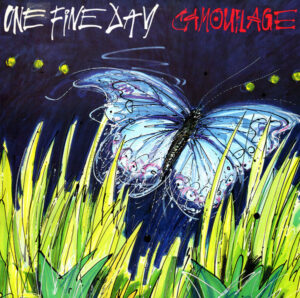 Bietigheim-Bissingen’s CAMOUFLAGE took over the mantle of delivering the heavier synthpop blueprint which DEPECHE MODE started during ‘Construction Time Again’ and ‘Some Great Reward’, but left behind with ‘Black Celebration’. ‘Kling Klang’ actually was a B-side to their single ‘One Fine Day’. This was not only a tribute to KRAFTWERK but in a rarity for the trio, it was also sung in German. But it was so rigidly authentic that at times, it inadvertently sounded like a Bill Bailey musical comedy skit.
Bietigheim-Bissingen’s CAMOUFLAGE took over the mantle of delivering the heavier synthpop blueprint which DEPECHE MODE started during ‘Construction Time Again’ and ‘Some Great Reward’, but left behind with ‘Black Celebration’. ‘Kling Klang’ actually was a B-side to their single ‘One Fine Day’. This was not only a tribute to KRAFTWERK but in a rarity for the trio, it was also sung in German. But it was so rigidly authentic that at times, it inadvertently sounded like a Bill Bailey musical comedy skit.
Originally the B-side of ‘One Fine Day’, now available on the CAMOUFLAGE deluxe album ‘Methods Of Silence’ via Bureau B
http://www.camouflage-music.com/en/News
ERASURE Over The Rainbow (1991)
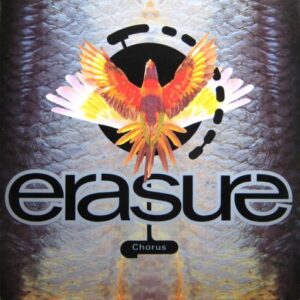 This bouncy tune with its lyrical celebration by Andy Bell of ABBA borrowed heavily from OMD. Vince Clarke went on record to say the record that influenced him most to start working with synthesizers was ‘Electricity’. So on ‘Over The Rainbow’, he borrowed its lead melody wholesale and added a few of the speaking clock samples that had adorned OMD’s ‘Dazzle Ships’. Listen carefully and listeners will also notice ULTRAVOX are affectionately pillaged too!
This bouncy tune with its lyrical celebration by Andy Bell of ABBA borrowed heavily from OMD. Vince Clarke went on record to say the record that influenced him most to start working with synthesizers was ‘Electricity’. So on ‘Over The Rainbow’, he borrowed its lead melody wholesale and added a few of the speaking clock samples that had adorned OMD’s ‘Dazzle Ships’. Listen carefully and listeners will also notice ULTRAVOX are affectionately pillaged too!
Originally the B-side of ‘Chorus’; now available in the boxed set ‘EBX4’ via Mute Records
‘Everything B-Sides’, a playlist comprising of a number of flips from several eras can be listened to at https://open.spotify.com/playlist/44O9vvXs2sAJv24kdPQ9tC
Text by Chi Ming Lai
11th June 2020

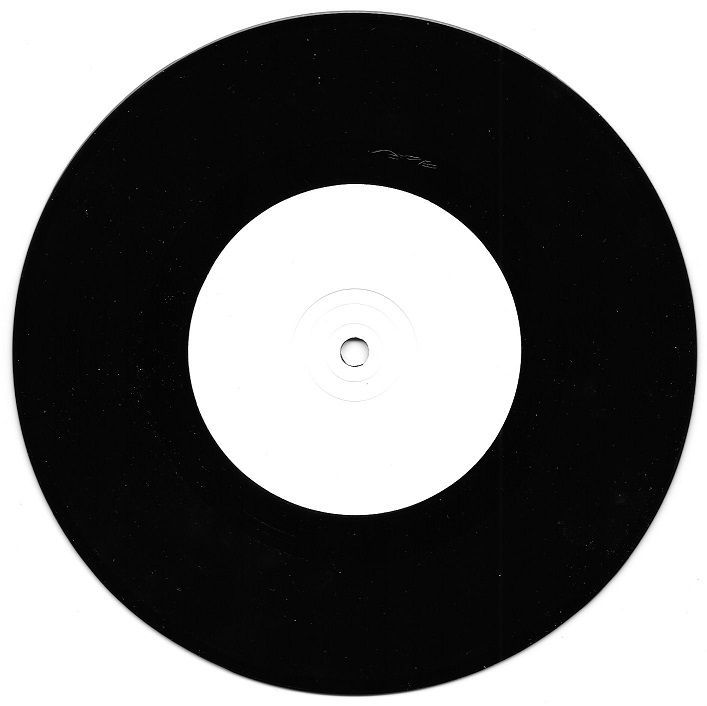
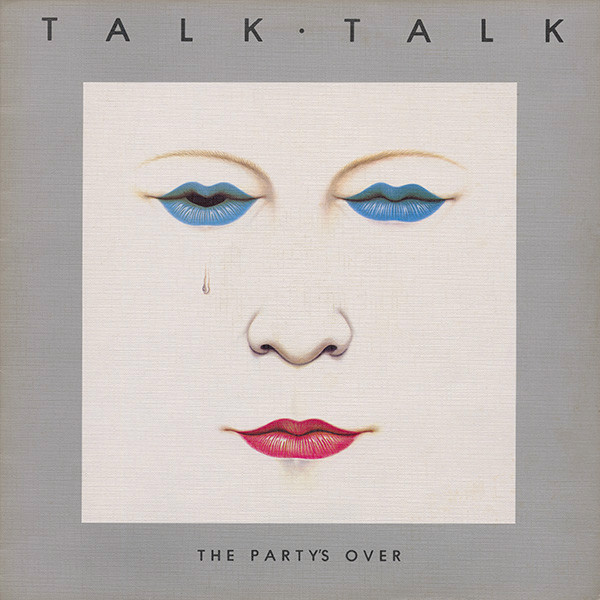
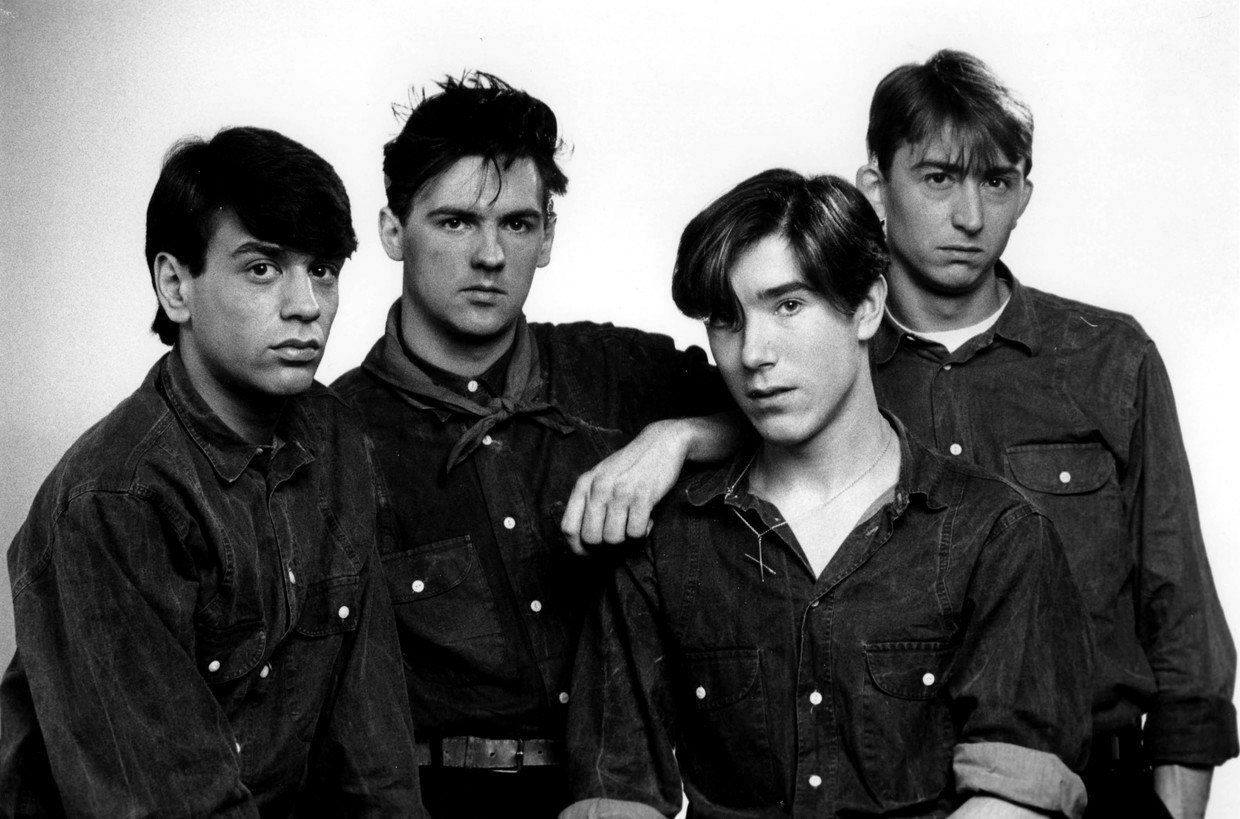


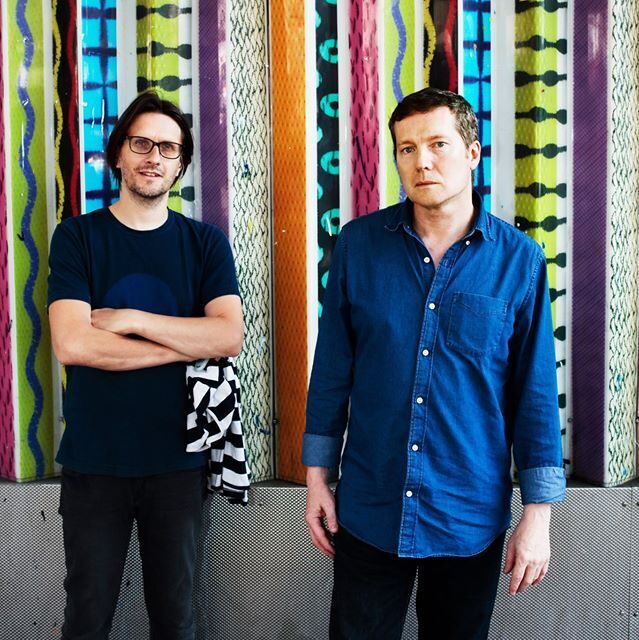
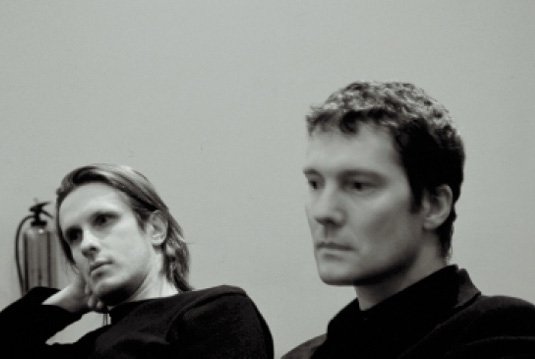
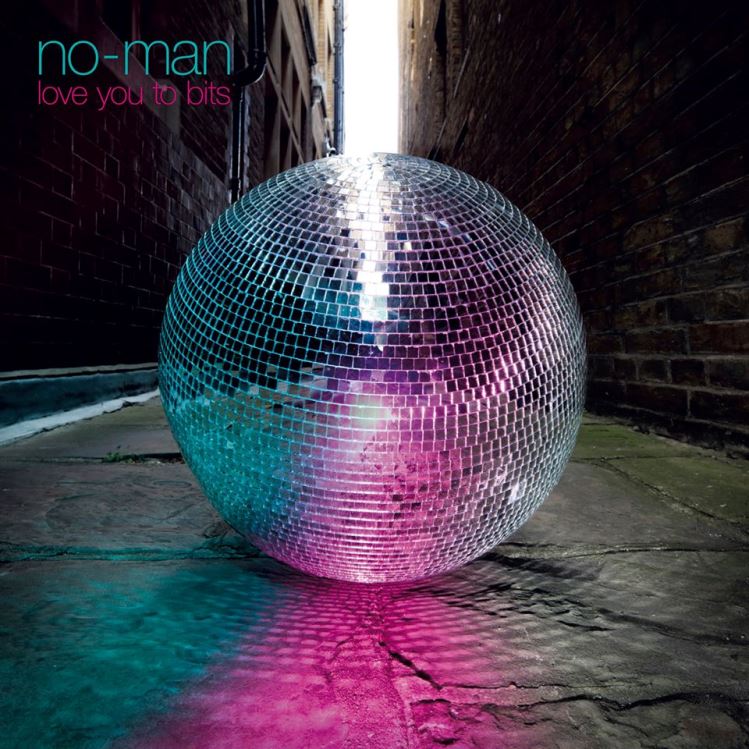


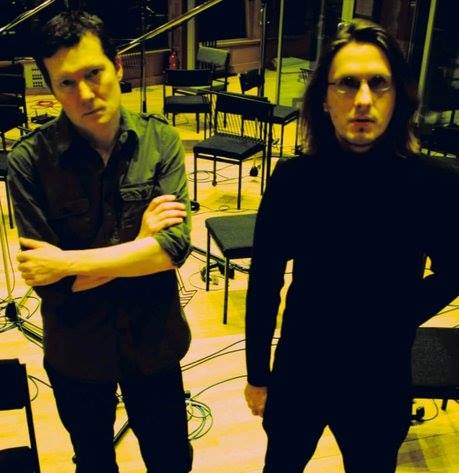
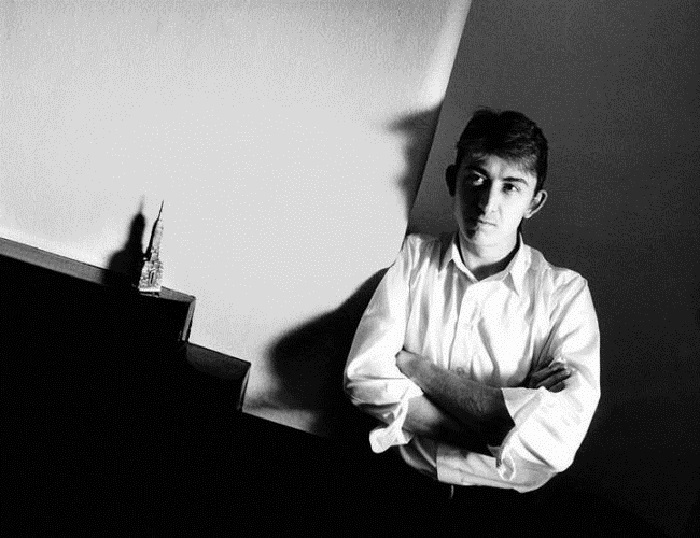
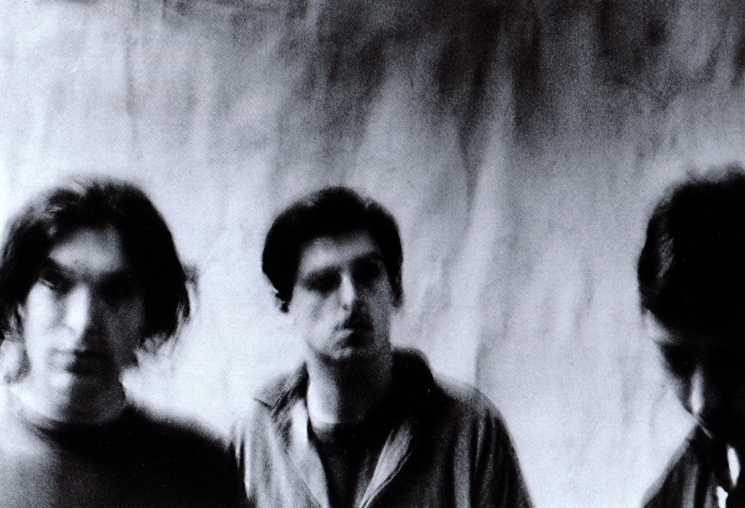

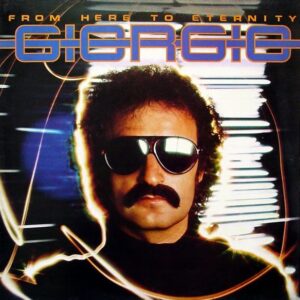
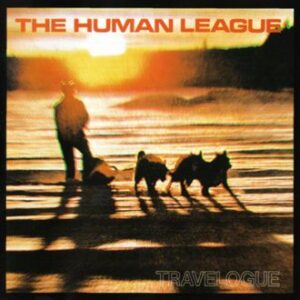
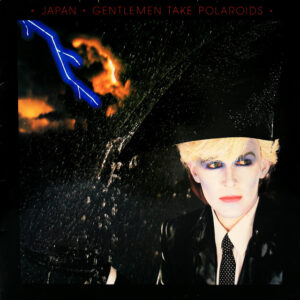
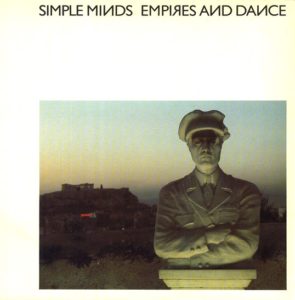
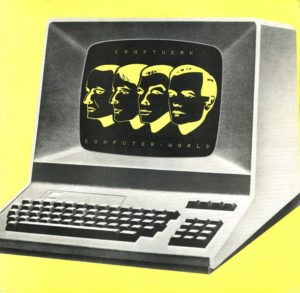
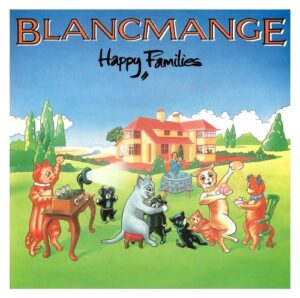
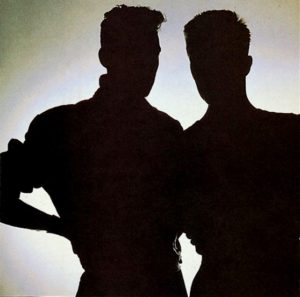
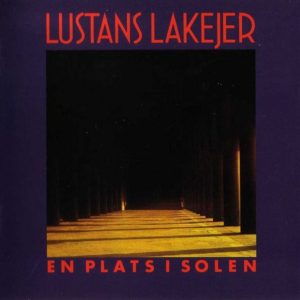
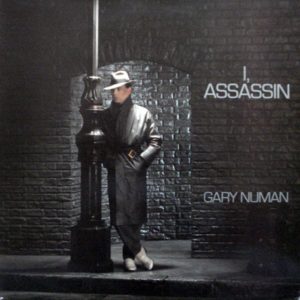
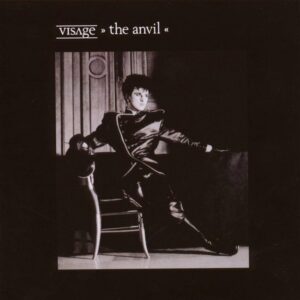
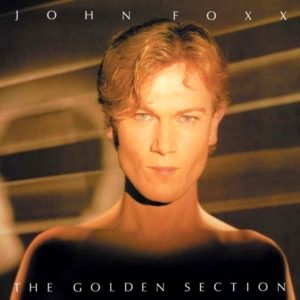
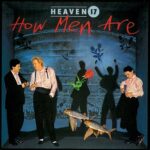
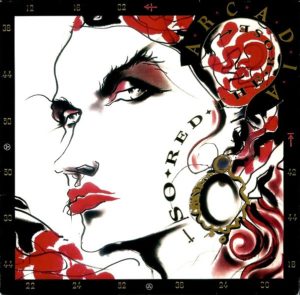
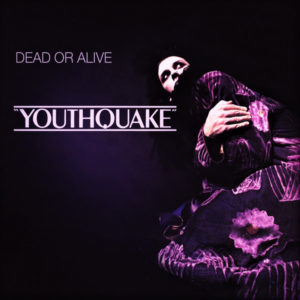
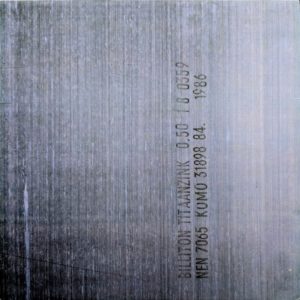
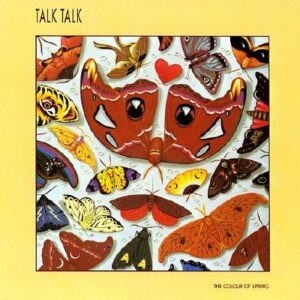
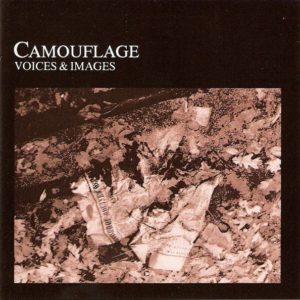
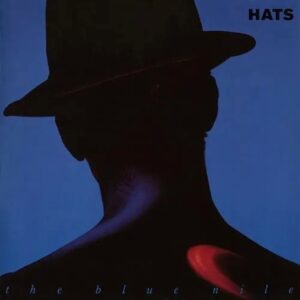
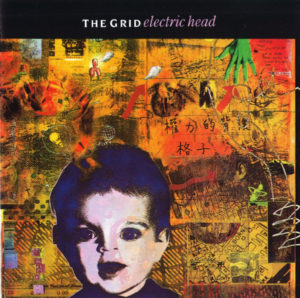
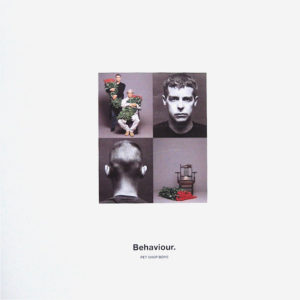
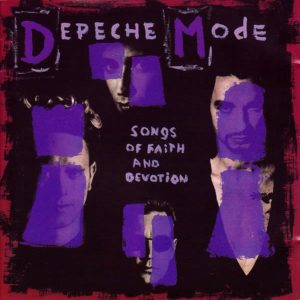
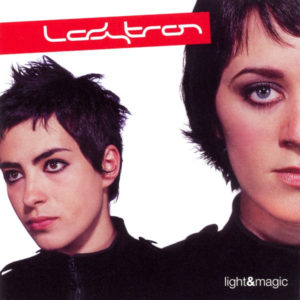
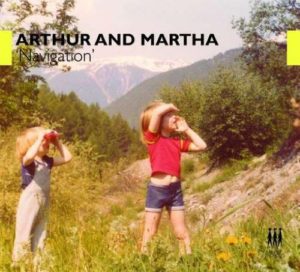
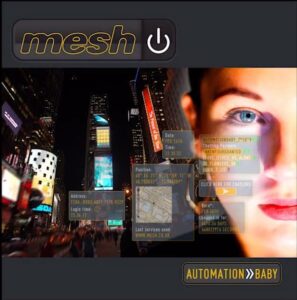

Follow Us!